


|
Cappadocia, "The Land of Beautiful Horses” The first christians trying to escape from the Roman soldiers and continue their life and spread the christianityin Cappadocia. Geography and Climate: Modern Tourism: The area is a popular tourist destination, as it has many areas with unique geological, historic, and cultural features. The region is located southwest of the major city Kayseri, which has airline and railroad (railway) service to Ankara and Istanbul. The most important towns and destinations in Cappadocia are Urgup, Goreme, Ihlara Valley, Selime, Guzelyurt, Uchisar, Avanos, and Zelve. Among the underground cities worth seeing are Derinkuyu, Kaymakli, Gaziemir, and Ozkanak. The best historic mansions and cave houses for tourist stays are in Urgup, Goreme, Guzelyurt, and Uchisar. Hot-air ballooning is very popular in Cappadocia and is available in Goreme. Trekking is enjoyed in Ihlara Valley, Monestry Valley (Guzelyurt), Urgup, and Goreme. Sedimentary rocks formed in lakes and streams and ignimbrite deposits that erupted from ancient volcanoes approximately 9 to 3 million years ago, during the late Miocene to Pliocene epochs, underlie the Cappadocia region. The rocks of Cappadocia near Göreme eroded into hundreds of spectacular pillars and minaret-like forms. People of the villages at the heart of the Cappadocia Region carved out houses, churches, and monasteries from the soft rocks of volcanic deposits. Göreme became a monastic center in 300-1200 AD. |

 |
 |
 |
 |
 |
 |
 |
 |
 |
 |
 |
 |
 |
| Home | Guestbook | Contacts |
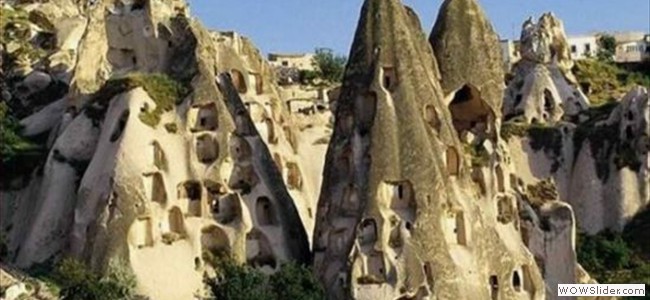
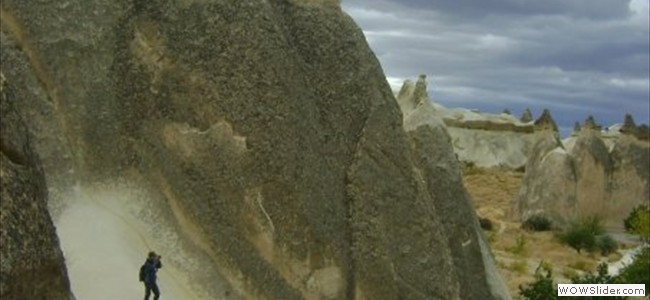
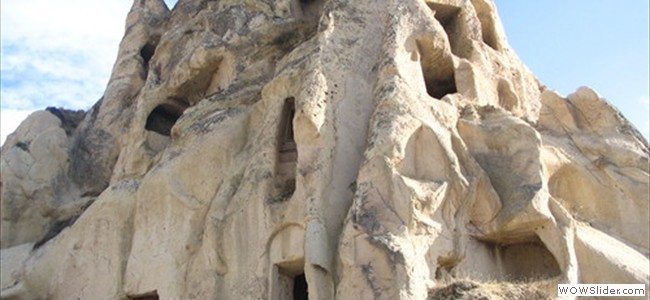
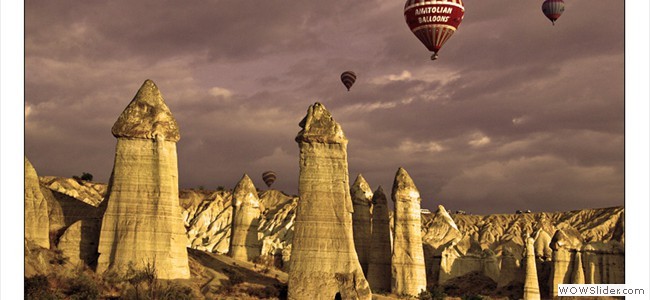
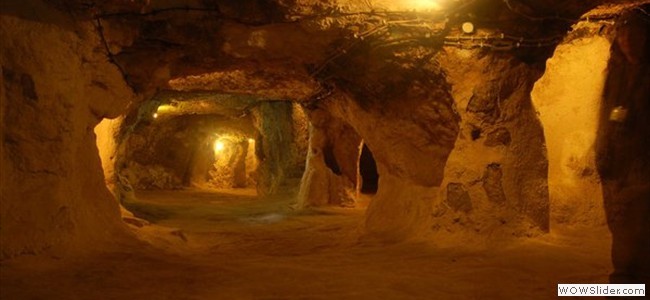
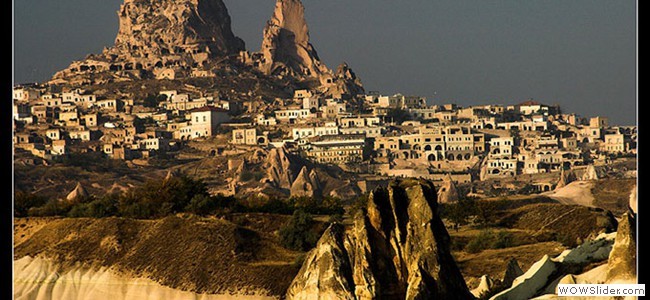
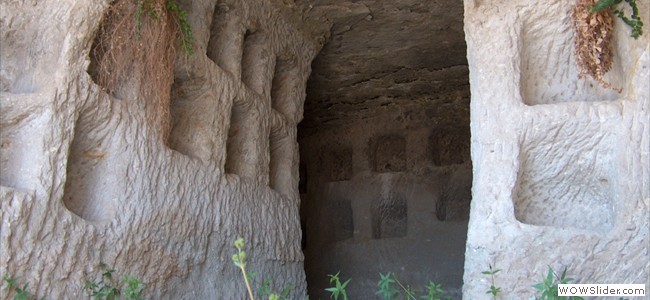
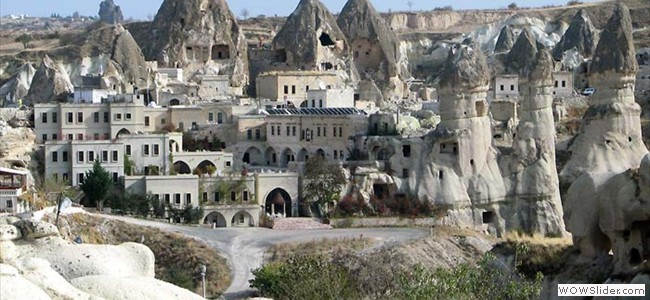
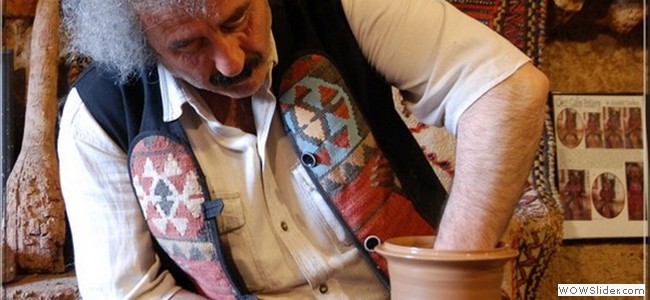
 1
1 2
2 3
3 4
4 5
5 6
6 7
7 8
8 9
9